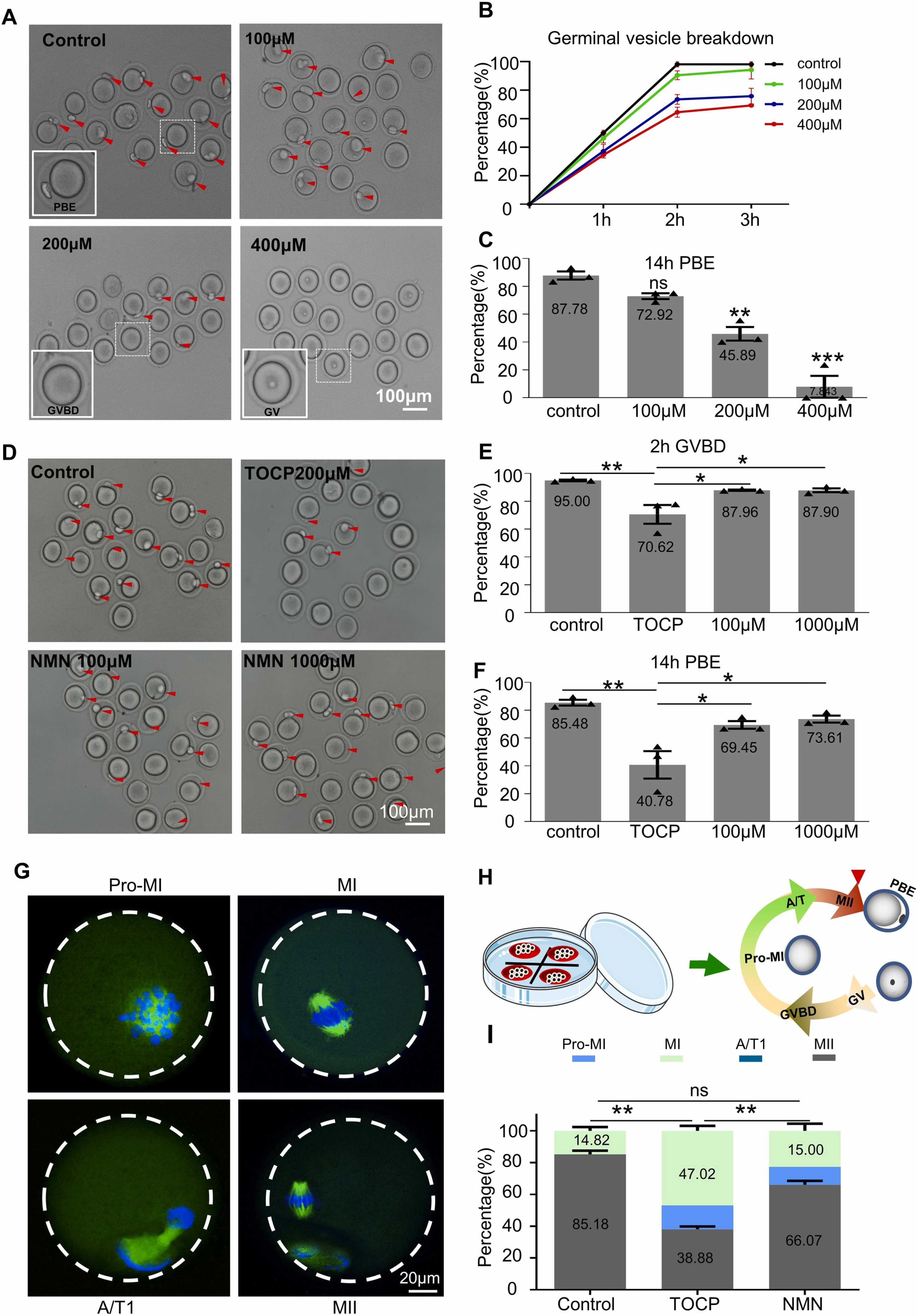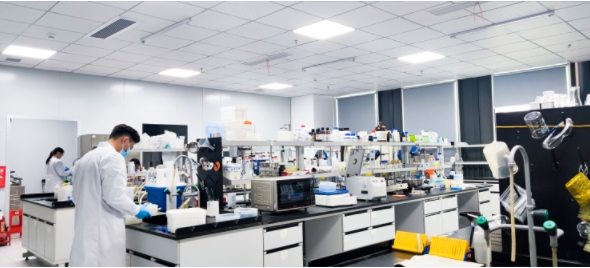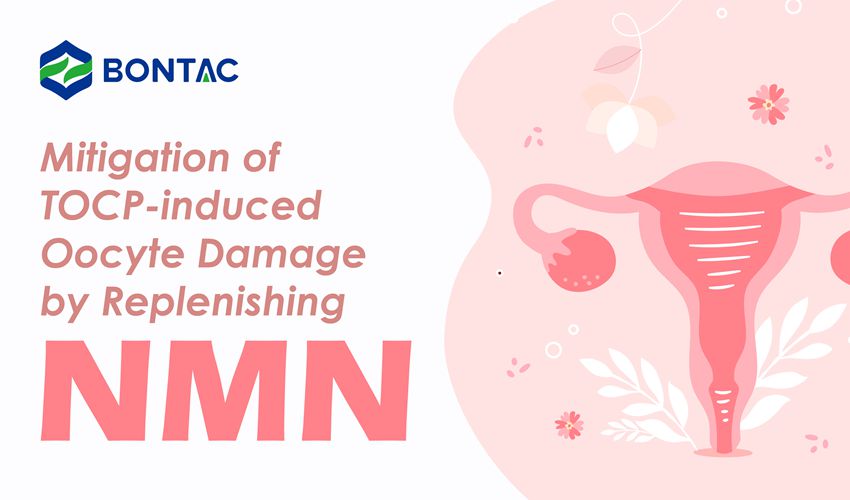Introduction
Triocresyl phosphate (TOCP) is widely used in the realm of industry and agriculture in the last century. However, it is subsequently banned due to the increasing understanding of its toxicity. In the 21st century, TOCP comes back into the limelight as the aviation industry springs up. This research uncovers the adverse effects of TOCP on the reproductive system. Notably, nicotinamide mononucleotide (NMN), a crucial intermediate in the generation of NAD+, may serve as a therapeutic intervention to attenuate the oocyte damage caused by TOCP.
About TOCP
TOCP, a classic aromatic organophosphate ester, generally functions as flame retardant, plasticizer, lubricant, and jet fuel additive due to its chemical and thermal stability. At room temperature, TOCP is an odorless, yellowish transparent liquid. It is insoluble in water, but soluble in organic solvents such as alcohol, ether and benzene. In addition to its use in aviation industry, TOCP is currently applied in the manufacturing of construction materials such as plastics, furniture, textiles, printed circuit boards, and insulation.
The negative roles of TOCP in oocytes
Through the analyses of germinal vesicle breakdown (GVBD) and polar body extrusion (PBE), it is discovered that TOCP impedes the maturation process of oocyte meiotic division, suppressing the reinitiation of oocytes and the final extrusion of the first polar body. Remarkably, maturation of oocytes is deemed as a critical prerequisite for successful fertilization and subsequent embryonic development. Besides, it triggers disturbances in the cytoskeleton of oocytes and affects the distribution and functionality of mitochondria. Furthermore, exposure to TOCP alters the genes related to histone modification in oocytes, as manifested by the elevated levels of histone methylation at H3K9me3 and H3K27me3.

The reversing effects of NMN on TOCP in oocytes
Replenishing NMN partially restores the spindle/chromosome structure as well as the attachment of microtubules to centromeres, and stabilizes the distribution of actin filaments, thereby maintaining chromosomal integrity and supporting the nuclear maturation process of oocytes. Meanwhile, NMN is also effective in rescuing mitochondrial dysfunction induced by TOCP, which restores membrane potential and ATP levels, reduces excessive ROS production, prevents DNA damage, and hinders cell apoptosis as well as epigenetic alterations.

Conclusion
Nicotinamide mononucleotide maintains cytoskeletal stability and fortifies mitochondrial function to mitigate oocyte damage induced by TOCP, signifying its potential application value in refining reproductive therapeutic strategies.

Reference
Meng F, Zhang Y, Du J, et al. Nicotinamide mononucleotide maintains cytoskeletal stability and fortifies mitochondrial function to mitigate oocyte damage induced by Triocresyl phosphate. Ecotoxicol Environ Saf. 2024;275:116264. doi:10.1016/j.ecoenv.2024.116264
BONTAC is the pioneer of NMN industry and the first manufacturer to launch NMN mass production, with the first whole-enzyme catalysis technology around the world. At present, BONTAC has become the leading enterprise in niche areas of coenzyme products. Our services and products have been highly recognized by global partners. Furthermore, BONTAC has the first national and the only provincial independent coenzyme engineering technology research center in Guangdong, China. The coenzyme products of BOMNTAC are widely used in fields such as nutritional health, biomedicine, medical beauty, daily chemicals and green agriculture.

Disclaimer
This article is based on the reference in the academic journal. The relevant information is provided for sharing and learning purposes only, and does not represent any medical advice purposes. If there is any infringement, please contact the author for deletion. The views expressed in this article do not represent the position of BONTAC.
Under no circumstances will BONTAC be held responsible or liable in any way for any claims, damages, losses, expenses, costs or liabilities whatsoever (including, without limitation, any direct or indirect damages for loss of profits, business interruption or loss of information) resulting or arising directly or indirectly from your reliance on the information and material on this website.







































































































